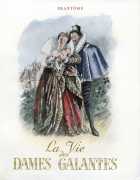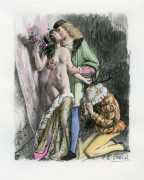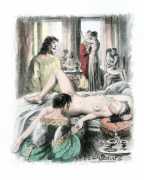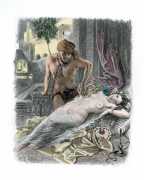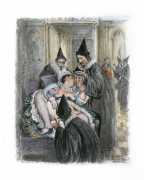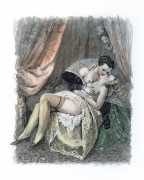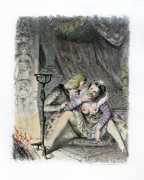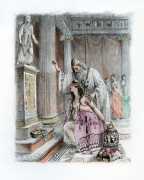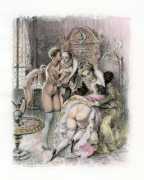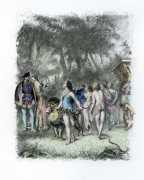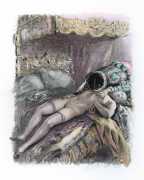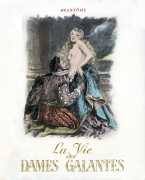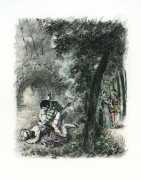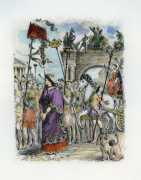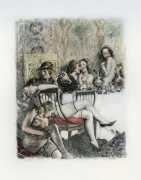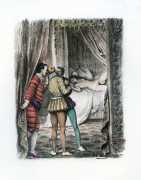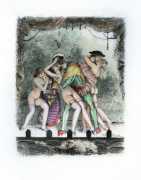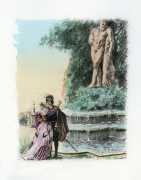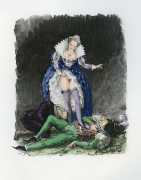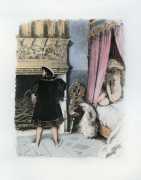 Pierre de Bourdeille, usually known as Brantôme after the abbey of which he was secular abbot, fancied himself both as a soldier and as a writer, though by all accounts he was not very good as the former. Born into a family of nobles in 1537, he became a model courtier and a career soldier, but nearly always contrived to arrive too late or be in the wrong place to take an active part in the fighting. Which is maybe just as well, as he was a better writer than he was a soldier. All of his copious writings were published after his death in 1614, the best-known being La vie des dames galantes (The Life of Gallant Ladies), a collection of stories about women who used – and abused – their position to achieve their amorous goals.
Pierre de Bourdeille, usually known as Brantôme after the abbey of which he was secular abbot, fancied himself both as a soldier and as a writer, though by all accounts he was not very good as the former. Born into a family of nobles in 1537, he became a model courtier and a career soldier, but nearly always contrived to arrive too late or be in the wrong place to take an active part in the fighting. Which is maybe just as well, as he was a better writer than he was a soldier. All of his copious writings were published after his death in 1614, the best-known being La vie des dames galantes (The Life of Gallant Ladies), a collection of stories about women who used – and abused – their position to achieve their amorous goals.
The Paris-based publisher Athena commissioned Paul-Émile Bécat to produce 26 coloured drypoints for their two-volume limited edition of La vie des dames galante, and he gave his imagination full rein.

The best-known English translation of Brantôme’s book was published by the Golden Cockerel Press in 1924, with eleven rather more staid woodcuts by the press’s owner, Robert Gibbings; the limited edition proved popular, and established Golden Cockerel as the leading private press of its time.
The Athena edition of La vie des dames galante was produced in a boxed limited numbered edition of 1449 copies.


